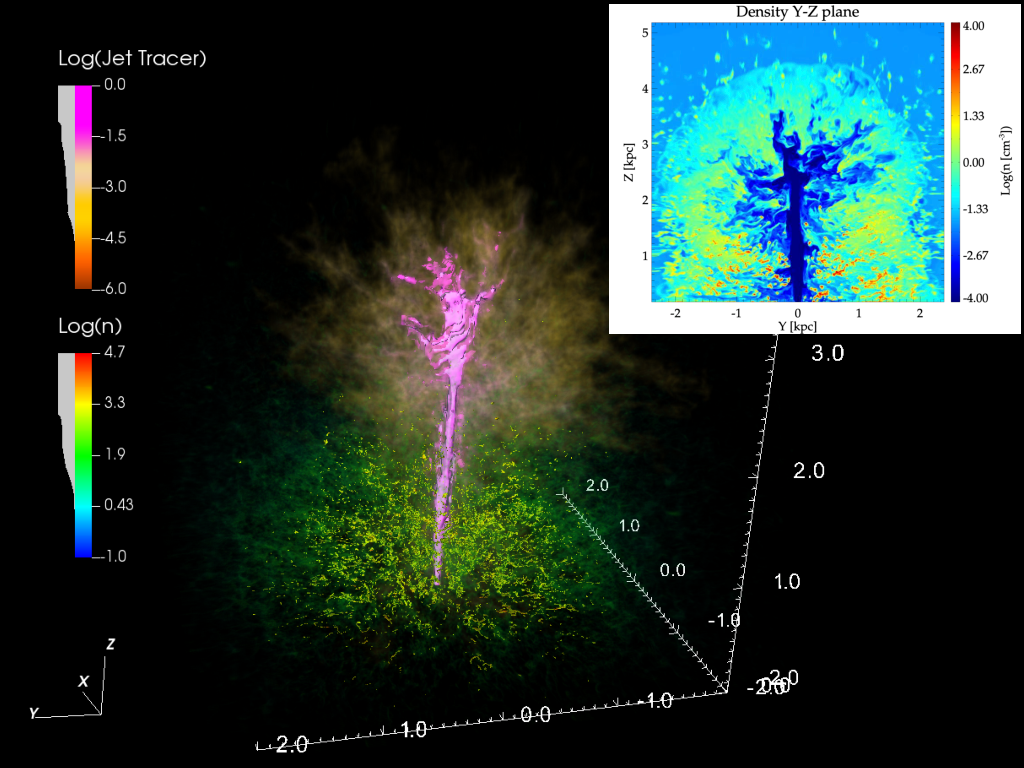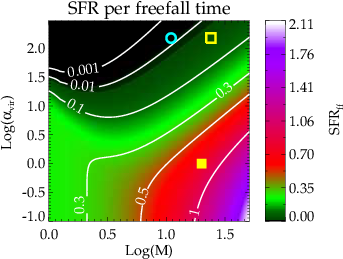研究成果・発表論文
Resolved simulations of jet-ISM interaction: Implications for gas dynamics and star formation
Mukherjee, Dipanjan, Bicknell, Geoffrey V., & Wagner, Alexander Y.
要旨
Relativistic jets can interact with the ambient gas distribution of the host galaxy, before breaking out to larger scales. In the past decade, several studies have simulated jet-driven outflows to understand how they affect the nearby environment, and over what spatial and temporal scales such interactions occur. The simulations are able to capture the interaction of the jets with the turbulent clumpy interstellar medium and the resultant energetics of the gas. In this review, we summarize the results of such recent studies and discuss their implications on the evolution of the dynamics of the gas distribution and the star formation rate.






 Ja En
Ja En